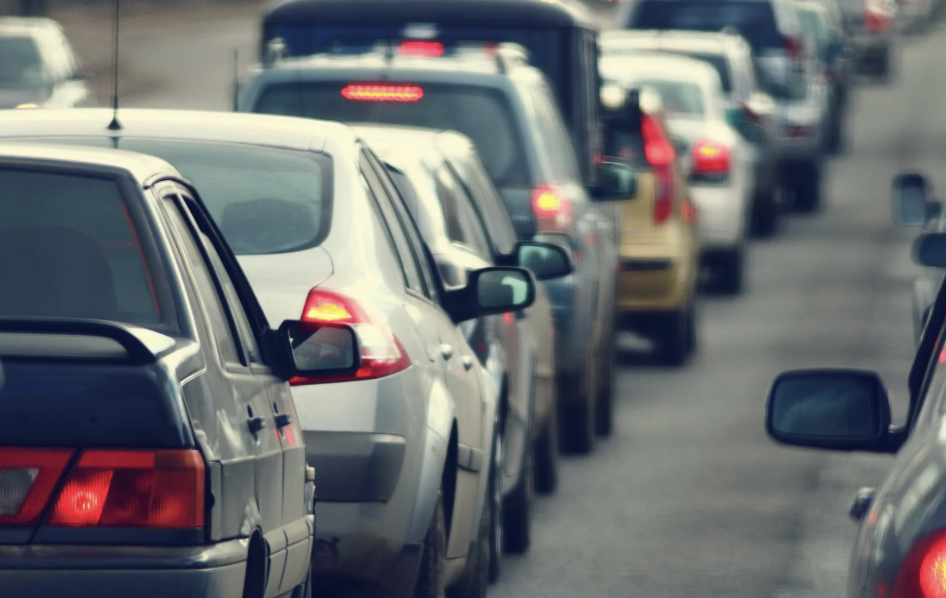In a bold move to address rising traffic congestion and environmental concerns, several major U.S. cities are embracing car-free zones in a bid to create more sustainable, pedestrian-friendly urban spaces. On September 21, 2024, cities like New York, San Francisco, and Chicago announced plans to expand these zones, marking a significant shift in urban planning aimed at reducing air pollution, enhancing public spaces, and encouraging eco-friendly transportation alternatives.
The car-free initiative, which began as a pilot project in select neighborhoods, has gained momentum due to its success in improving air quality and reducing gridlock. These zones, which restrict car access during peak hours, have seen positive results, with local governments reporting improvements in air quality, increased foot traffic, and a boost to local businesses.
New York City, for instance, has introduced a car-free zone in parts of Manhattan, including areas around Central Park, which has been a highly successful model for pedestrian-only spaces. The city’s Department of Transportation reported a 15% reduction in traffic congestion in these areas, with more people opting to walk, bike, or use public transportation.
“This initiative is about making our cities more livable, healthier, and sustainable,” said Mayor Eric Adams. “By reducing cars in dense urban areas, we are not just addressing congestion, we are fostering a culture of community and sustainability. Our streets are for people, not just cars.”
The push for car-free zones is also driven by the growing popularity of electric scooters, bicycles, and ride-sharing services, which provide residents with alternatives to personal car ownership. Additionally, many cities are expanding their public transit networks, ensuring that commuters have reliable options that don’t contribute to carbon emissions or traffic woes.
While the car-free zone initiative has been widely praised by environmentalists and urban planners, there are challenges ahead, particularly in terms of balancing accessibility for those who rely on cars for mobility. Critics argue that further investment in alternative transportation infrastructure is necessary to make car-free zones truly inclusive.
As U.S. cities continue to evolve in their approach to transportation, car-free zones represent a key step toward creating more sustainable and vibrant urban environments. With traffic congestion and pollution becoming increasingly pressing issues, these initiatives are expected to gain traction in more cities across the country in the coming years.


